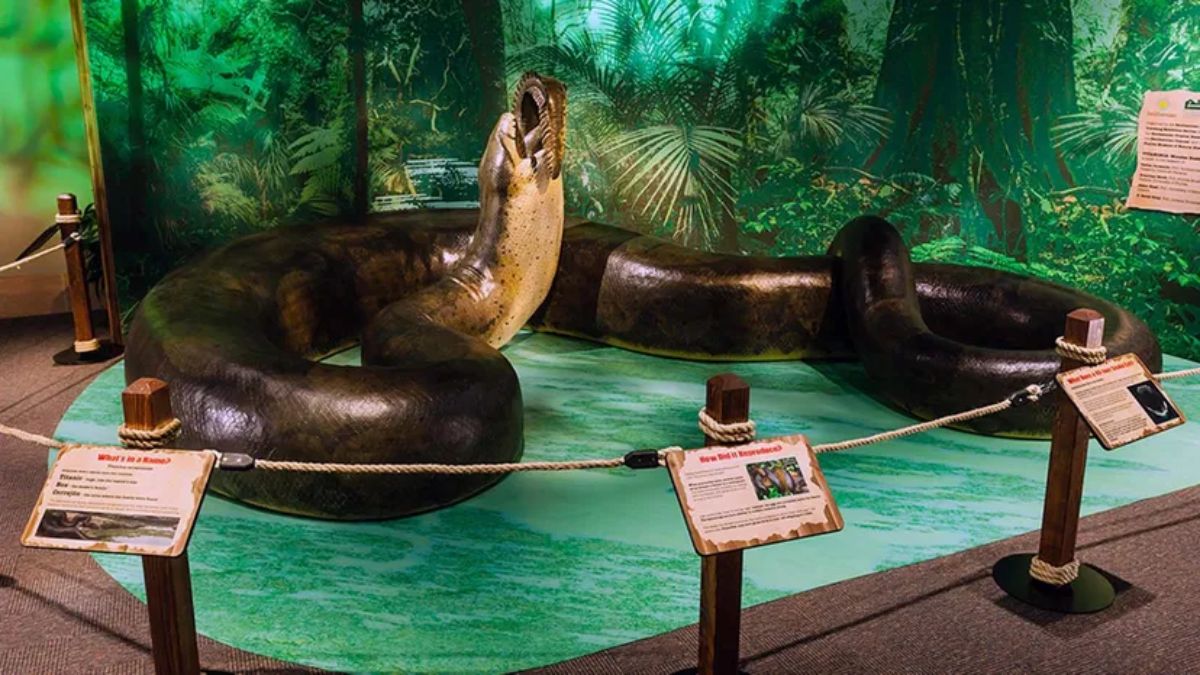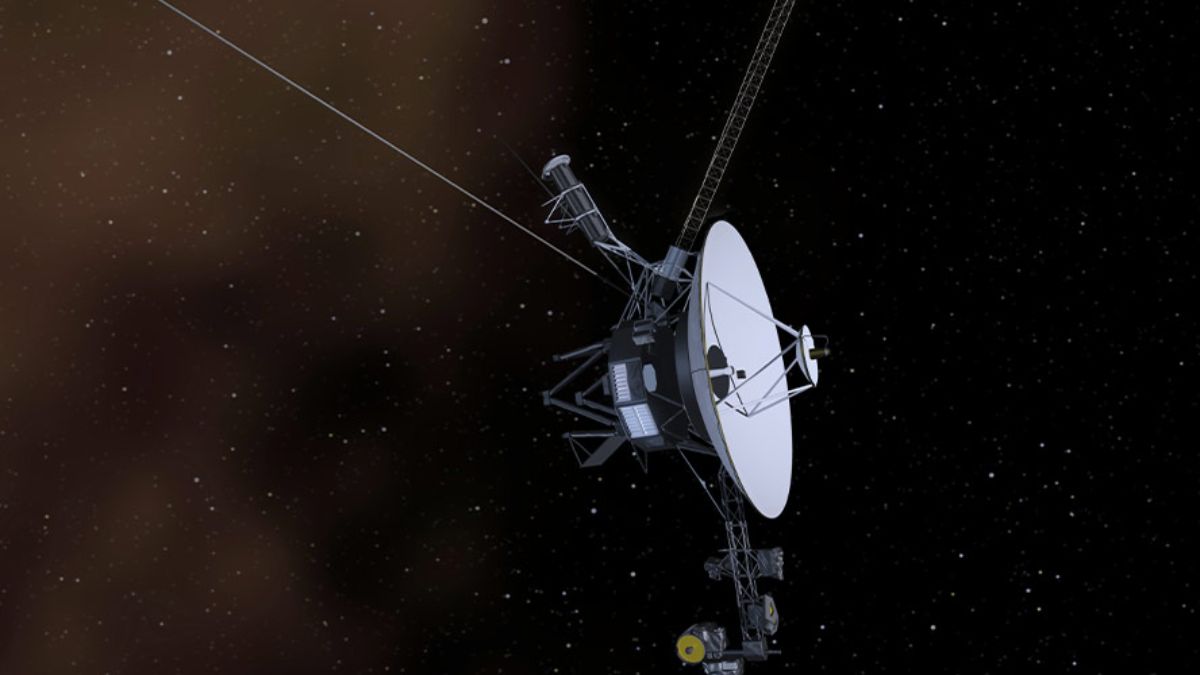Picture a snake so massive it makes today’s biggest anacondas look like shoelaces. That’s Titanoboa cerrejonensis, the prehistoric heavyweight that slithered through Earth’s tropical swamps more than 58 million years ago. When scientists first unearthed its fossils in Colombia in 2009, the discovery didn’t just shatter records—it rewrote what we know about climate, ecosystems, and life in the shadow of dinosaur extinction.
Table of Contents
The Rise of a Giant
Titanoboa appeared during the Paleocene epoch (about 58–60 million years ago), just after dinosaurs vanished. Earth was in recovery mode—lush, steaming rainforests stretched across South America, teeming with new species. At the top of this food chain lurked Titanoboa, a snake that made everything else in its ecosystem look like bite-sized snacks.
Read Also- Daylight Saving Time 2025 – Clocks Will Fall Back Sooner This Year
The fossils were found in the Cerrejón coal mine in northern Colombia, now one of the richest fossil sites on Earth. Back then? It was an equatorial swamp—the perfect home for a snake of impossible proportions.
How Big Was Titanoboa?
Forget garden snakes. Forget anacondas. Titanoboa was on another level:
| Snake Species | Average Length | Estimated Weight |
|---|---|---|
| Titanoboa cerrejonensis | 13–14 meters (42–46 feet) | Over 1 tonne |
| Green Anaconda | 5–6 meters | 250–550 lbs |
| Reticulated Python | 6–7 meters | 350–400 lbs |
At up to 46 feet long and weighing more than a ton, Titanoboa was literally the size of a school bus. No modern snake even comes close.
Hunting Tactics
Despite its terrifying size, Titanoboa wasn’t venomous. Like today’s boas, it was a constrictor:
- It ambushed prey.
- Coiled around victims with crushing power.
- Squeezed tighter with every exhale until the animal suffocated.
- Swallowed it whole, headfirst, thanks to flexible jaws.
Originally, scientists thought it hunted crocodile-sized reptiles or mammals. But a closer look at its jaw and teeth revealed something surprising: Titanoboa was a fish-eater. Its loosely attached teeth were designed to grip slippery, wriggling prey underwater. It likely spent most of its life lurking in rivers, snatching giant Paleocene fish.
Life in a Hot, Swampy World
Titanoboa’s very existence tells us a lot about its environment. Being cold-blooded, such a giant reptile needed constant tropical heat—between 86°F and 93°F (30–34°C). This lines up with what scientists know about the Paleocene: Earth was far hotter than today, especially near the equator.
In other words, if the world hadn’t been so warm, Titanoboa simply couldn’t have existed.
Why Titanoboa Matters
This was more than just the discovery of a supersized snake. Titanoboa became a time capsule for scientists:
- It revealed how life rebounded after the dinosaurs.
- It gave direct evidence of ancient tropical climates.
- It showed how ecosystems reshaped themselves after mass extinction.
Its fossils suggest that post-dinosaur Earth wasn’t a barren wasteland but a thriving, overheated jungle—ripe for giants like Titanoboa. And for climate scientists today, it’s a sobering reminder of what happens when temperatures climb.
Titanoboa wasn’t just the biggest snake in history—it was a living thermometer, proof of a hotter, more volatile Earth. Its discovery stunned paleontologists, thrilled the public, and deepened our understanding of evolution. More than 58 million years later, the shadow of Titanoboa still stretches across science, reminding us that size tells a story—and this story is about survival, climate, and the resilience of life itself.
















